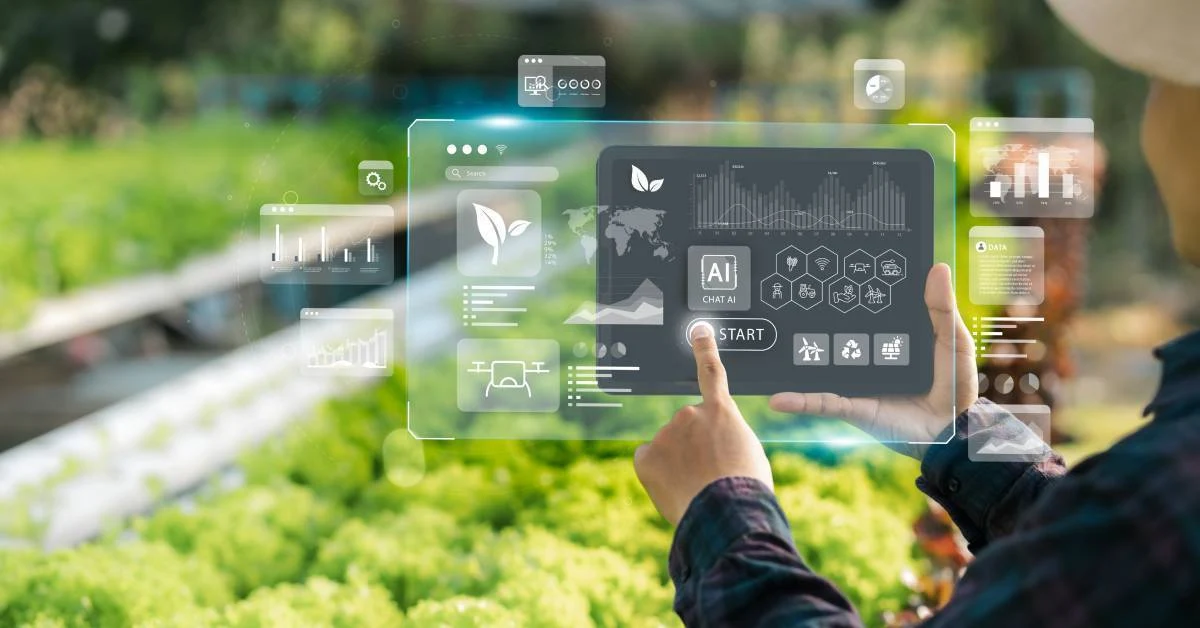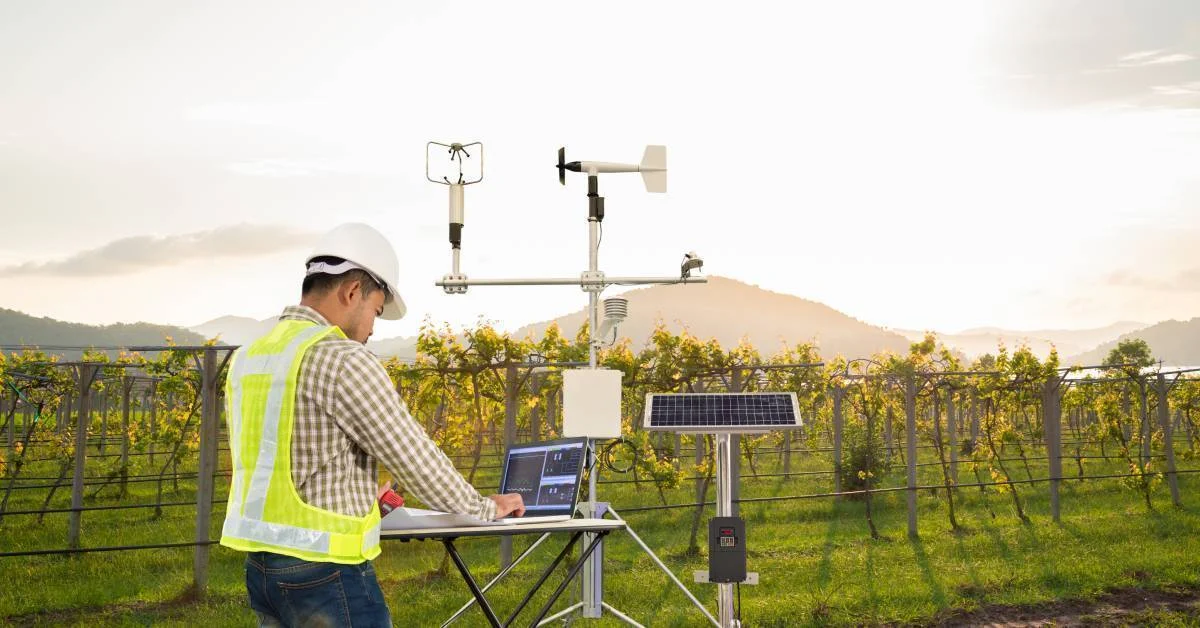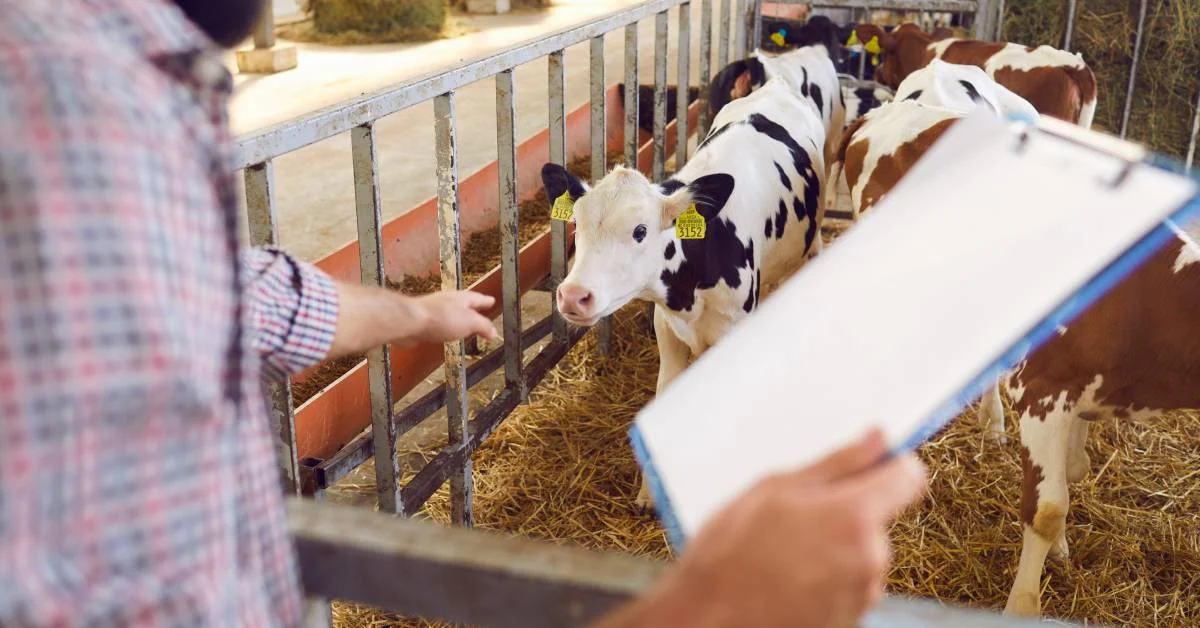The agriculture sector is evolving, and data-driven decision-making is becoming essential. With challenges like climate change, resource scarcity, and the need for sustainable practices, farmers and agribusinesses are turning to technology to enhance efficiency and productivity.
One such powerful tool is Microsoft Power BI, a business intelligence and data visualization platform that enables users to connect, analyze, and cohesively visualize data. Power BI integration in agriculture opens up new avenues for managing and interpreting complex data sets, allowing for smarter, more informed farming decisions.
From tracking crop yields and resource usage to optimizing supply chains and predicting market trends, Power BI integration in agriculture serves as a critical asset in modern agriculture. As the agricultural industry continues to grapple with environmental challenges, integrating advanced tools like Power BI helps farmers adapt and thrive in a data-centric world.
Key Benefits of Power BI for Farms and Agribusinesses
The adoption of Power BI in agriculture provides numerous benefits that help farmers and agribusinesses make more informed decisions. Below are some of the key advantages of Power BI integration in agriculture:
1. Resource Optimization
One of the primary advantages of Power BI in agriculture is the optimization of resources such as water, fertilizers, and pesticides. When analyzing data from various sources, farmers can determine the precise amount of resources needed for each crop, reducing waste and lowering costs. This data-driven approach, known as precision agriculture, ensures that every input is used efficiently, which is crucial for sustainability and environmental conservation.
2. Predictive Analysis for Crop Yield
Predictive analytics is another powerful feature of Power BI. With the help of integrating historical data with real-time information, farmers can forecast crop yields more accurately.
This capability allows them to make proactive decisions, such as adjusting planting schedules, selecting optimal crop varieties, and planning for potential challenges like pest outbreaks or adverse weather conditions. Power BI agriculture tools empower farmers with insights that can significantly improve yield outcomes and profitability.
3. Enhanced Decision-Making for Supply Chain Management
Agricultural supply chains are complex and require efficient management to ensure that products reach markets in optimal condition. Power BI aids in streamlining supply chain management processes by providing real-time visibility into inventory levels, transportation logistics, and market demand. This improved transparency helps agribusinesses reduce delays, minimize spoilage, and make better-informed decisions regarding distribution and pricing.
4. Cost Tracking and Financial Analysis
For any farm or agribusiness, keeping track of costs is essential for profitability. Power BI integration in agriculture integrates with farm financial management systems to provide detailed financial analytics, allowing farmers to monitor expenses related to inputs, labor, equipment, and more.
Visualizing this data, farmers can identify cost-saving opportunities and make strategic investments that enhance their overall financial health.
How to Integrate Power BI Dashboards with Agricultural Systems
Power BI integration in agriculture may seem daunting, but the process can be simplified with a step-by-step approach. Below is a guide to help farmers and agribusinesses get started with Power BI integration in agriculture:
Step 1: Identify Data Sources
The first step in Power BI integration in agriculture process is to identify the data sources that will be used. These sources could include sensors in the field, weather data, ERP systems, satellite imagery, and farm management software. Understanding where your data comes from is crucial for building meaningful dashboards.
Step 2: Connect APIs and Cloud Storage
Power BI can connect to various data sources through APIs and cloud storage solutions like Microsoft Azure, Google Cloud, or AWS. This allows for seamless data flow and real-time updates. Using cloud-based farming analytics, farmers can access their data from anywhere, ensuring that insights are always at their fingertips.
Step 3: Build Custom Dashboards
Once the data connections are established, the next step is to build custom dashboards tailored to the specific needs of the farm or agribusiness. Power BI offers a range of visualization tools, from simple graphs to complex interactive reports.
Custom dashboards can display key performance indicators (KPIs) such as crop health, soil moisture levels, and financial metrics, making it easier for farmers to monitor their operations at a glance.
Step 4: Implement Real-Time Data Integration
Real-time data integration is critical for making timely decisions. Integrating live data streams into Power BI dashboards, farmers can respond promptly to changing conditions, such as shifts in weather patterns or market prices. This agility is key to maximizing productivity and minimizing risks.
Common Challenges in Power BI Integration and How to Solve Them
While Power BI offers immense benefits for the agriculture sector, Power BI integration in agriculture into existing agricultural systems can present a range of challenges. Addressing these issues is essential for realizing the full potential of data-driven farming. Below, we delve into some of the most common challenges and practical solutions for overcoming them.
1. Connectivity Issues
Challenge
In many agricultural settings, particularly in rural and remote areas, reliable internet connectivity can be a significant barrier. Agricultural operations often rely on real-time data from sensors, weather stations, and other devices that may not always be located in areas with strong or consistent network signals. This can disrupt data collection and Power BI integration in agriculture processes, leading to delays in decision-making.
Solution
To mitigate connectivity issues, consider implementing Power BI connectors that are specifically designed for low-bandwidth environments. These connectors can optimize data transfer, ensuring that information is accurately captured and updated even in areas with limited connectivity.
Additionally, employing offline data collection methods can be beneficial. Tools like Microsoft’s Power Apps allow data to be gathered offline and synced once connectivity is restored. This approach ensures that critical data is not lost and can still be utilized in Power BI dashboards, even with intermittent network access.
2. Data Complexity
Challenge
Agricultural data is inherently complex and varied, encompassing everything from soil health metrics and crop imagery to weather forecasts and market prices.
This diversity makes it difficult to aggregate and analyze data in a standardized format suitable for Power BI. Additionally, data often comes from disparate sources with different formats, making Power BI integration in agriculture a daunting task without proper data transformation and cleansing.
Solution
Addressing data complexity starts with a thorough assessment of the data sources and types involved in agricultural operations. Utilizing specialized data transformation tools, such as Microsoft Power Query, can simplify and streamline data preparation.
Power Query allows users to clean, reshape, and transform data from multiple sources into a format that is ready for analysis in Power BI. Furthermore, using agricultural software solutions that offer built-in compatibility with Power BI can significantly ease the integration process.
Partnering with integration specialists like Folio3 Agtech, who understand the unique demands of agricultural data, can also be invaluable. These experts can design tailored data pipelines that reduce complexity and ensure smooth data flow into Power BI, enhancing the quality and usability of the dashboards.
3. Compatibility Concerns
Challenge
Another challenge lies in ensuring that Power BI seamlessly integrates with existing agricultural systems, such as ERP platforms, farm management software, or other legacy systems. Many farms and agribusinesses rely on a mix of older technologies that may not easily connect with modern data visualization tools like Power BI.
This can lead to data silos, where information is stored separately across different systems, impeding comprehensive analysis and decision-making.
Solution
To overcome compatibility challenges, it is crucial to select integration tools and middleware that support a wide range of data formats and systems. Tools like Microsoft Power Automate can facilitate the integration of various agricultural software and ERP systems with Power BI, creating a unified data environment.
Additionally, APIs (Application Programming Interfaces) play a vital role in bridging gaps between incompatible systems. Developing custom APIs or utilizing third-party solutions that specialize in agricultural data integration can enhance compatibility and data flow between systems.
Working with Folio3 Agtech integration specialists who have a background in agricultural technologies can further streamline this process. These professionals can identify potential compatibility issues early on and implement solutions that ensure all systems work cohesively with Power BI.
For more detailed guidance and support in navigating these challenges, consider exploring the comprehensive business intelligence solutions offered by Folio3 AgTech. It specializes in providing tailored solutions that bridge the gap between traditional agricultural practices and modern data analytics, helping you achieve seamless Power BI integration in agriculture with your existing agricultural systems.
The Future of Business Intelligence in Agriculture
The future of business intelligence (BI) in agriculture is set to revolutionize the industry through the integration of advanced technologies like AI, machine learning, and predictive analytics. These innovations are expected to drive the next wave of precision agriculture, enhancing the efficiency and sustainability of farming practices worldwide.
Using AI and Machine Learning for Smarter Farming
Power BI, a leading data visualization and analytics tool, is at the forefront of this transformation. Incorporating AI and machine learning in agriculture, Power BI can offer more sophisticated forecasting models, automate routine decision-making processes, and provide actionable insights.
For example, AI-powered algorithms can analyze extensive datasets from soil conditions to weather patterns and crop health metrics, to uncover hidden trends and optimize resource allocation in ways that were previously unimaginable.
Market Growth and Future Prospects of Agricultural Analytics
The market for business intelligence tools in agriculture is projected to grow substantially. A report from Research and Markets forecasts that the agricultural analytics market will reach $2.5 billion by 2028, growing at a compound annual growth rate (CAGR) of 13.5% from 2021.
This growth is driven by the increasing adoption of data-driven farming practices aimed at boosting productivity and minimizing environmental impact.
Advanced Features – From Anomaly Detection to Environmental Impact Assessments
As technology continues to evolve, Power BI’s role in agriculture is expected to expand significantly. Future enhancements may include automated anomaly detection, personalized recommendations for crop management, and advanced environmental impact assessments. These features will enable farmers to make more informed decisions, reduce waste, and improve overall crop yields.
Real-Time Monitoring and Decision-Making with Power BI
Furthermore, the Power BI integration in agriculture with IoT devices and sensors will allow for real-time monitoring of field conditions, providing instant feedback and enabling farmers to respond quickly to any changes. This can lead to better management of water resources, fertilizers, and pest control measures, all of which are critical for sustainable farming.
The Role of Business Intelligence in Achieving Sustainable Agriculture
Moreover, the synergy between business intelligence tools like Power BI and advanced agricultural technologies holds the promise of not only boosting farm productivity but also contributing significantly to global sustainability efforts. As agriculture faces the dual challenges of feeding a growing population and adapting to climate change, the role of business intelligence in driving innovation and efficiency has never been more crucial.
Conclusion
Power BI integration in agriculture is more than just a trend; it’s a critical step toward modernizing the farming industry. Using data visualization and analytics, farmers can make smarter decisions, optimize their operations, and adapt to the ever-changing challenges of the agricultural landscape.
As business intelligence tools continue to advance, the potential for data-driven farming will only grow, paving the way for a more sustainable and efficient future in agriculture. For farmers and agribusinesses looking to make the most of the full potential of Power BI integration in agriculture, working with experts can make a significant difference. Folio3 AgTech offers tailored business intelligence solutions designed specifically for the agriculture sector.
FAQs
What is Power BI, and How Is It Used in Agriculture?
Power BI is a data visualization and business intelligence tool that helps farmers and agribusinesses analyze and interpret data to make better decisions. It can be used for tracking crop yields, optimizing resources, managing supply chains, and more.
How Does Power BI Improve Decision-Making in Farming?
Power BI provides real-time data analysis and visualization, which helps farmers understand their operations better. This enables them to make more informed decisions regarding resource use, crop management, and financial planning.
What are the Main Challenges of Power BI Integration in Agriculture?
The main challenges include connectivity issues, data complexity, and compatibility with existing farm management systems. Solutions involve using specialized integration tools, hiring experts, and utilizing cloud storage and APIs for seamless data flow.
What is the Future of Power BI Integration in Agriculture?
The future of Power BI in agriculture includes the integration of AI and machine learning, which will enhance predictive analytics and automate decision-making. This will lead to more efficient and sustainable farming practices.
Can Power BI be Used for Small Farms As Well As Large Agribusinesses?
Yes, Power BI can be scaled to fit the needs of both small farms and large agribusinesses. Its customizable dashboards and flexible data Power BI integration in agriculture options make it a versatile tool for farms of all sizes.







